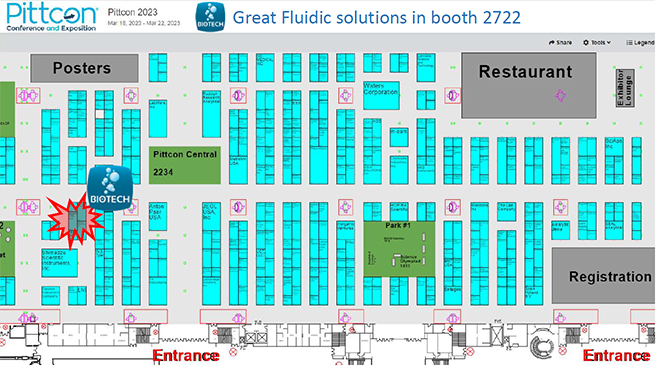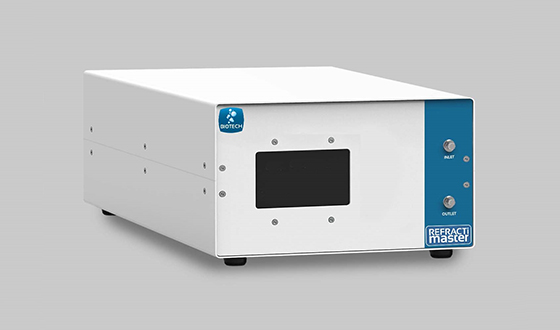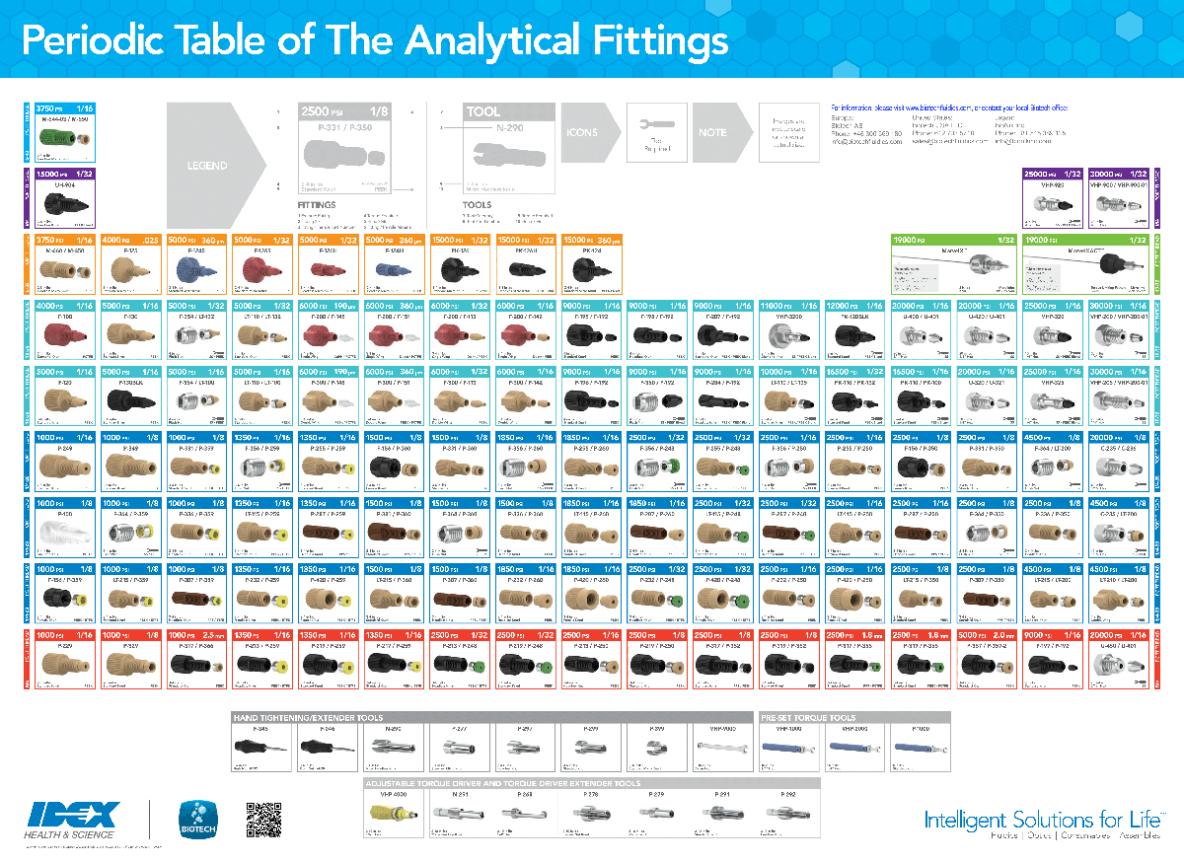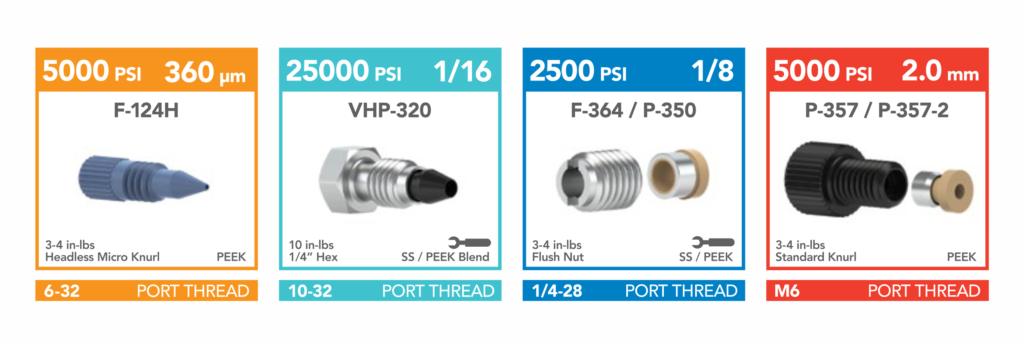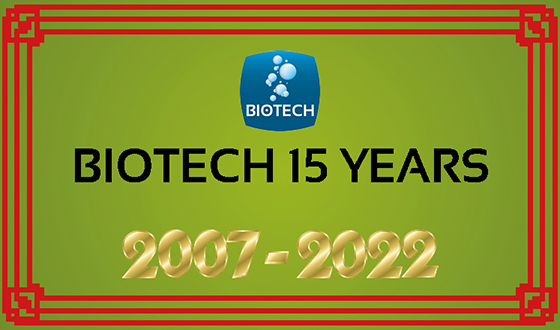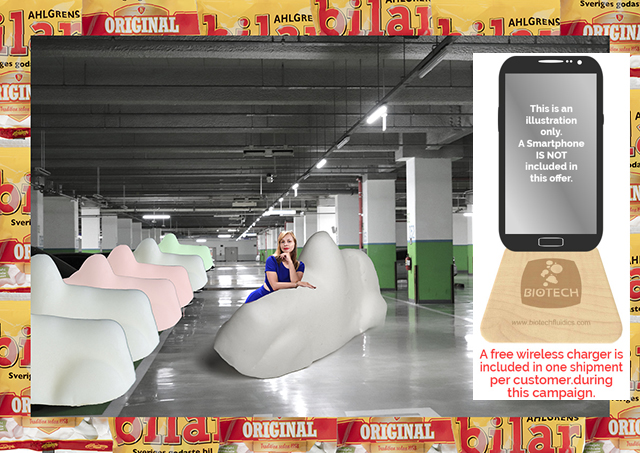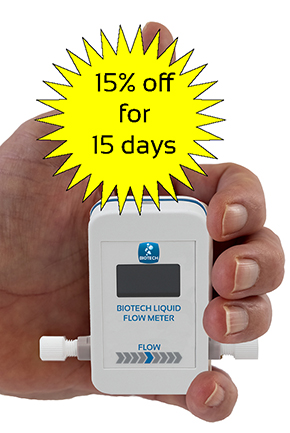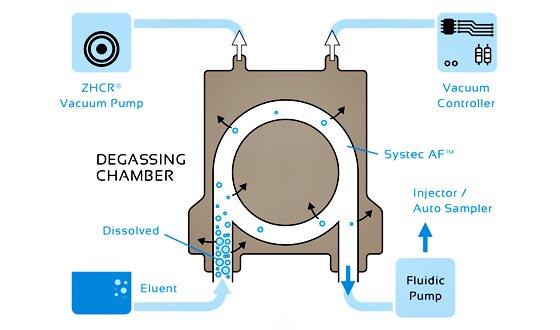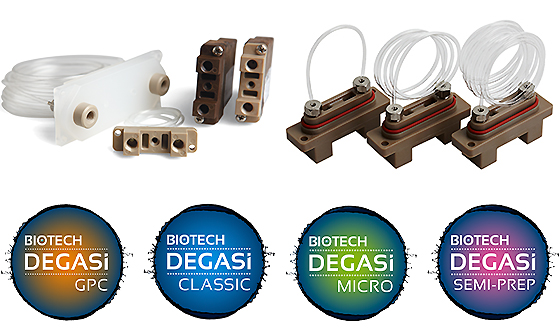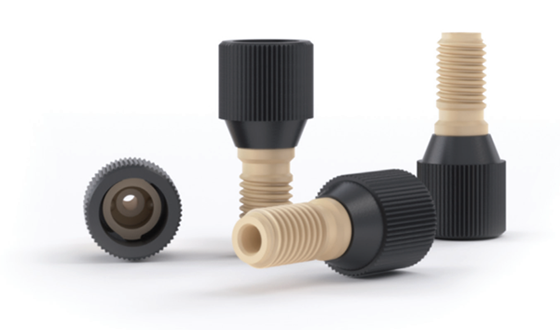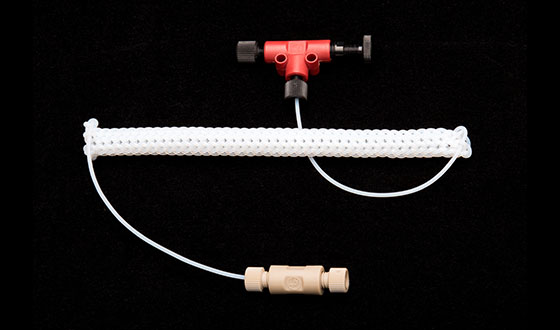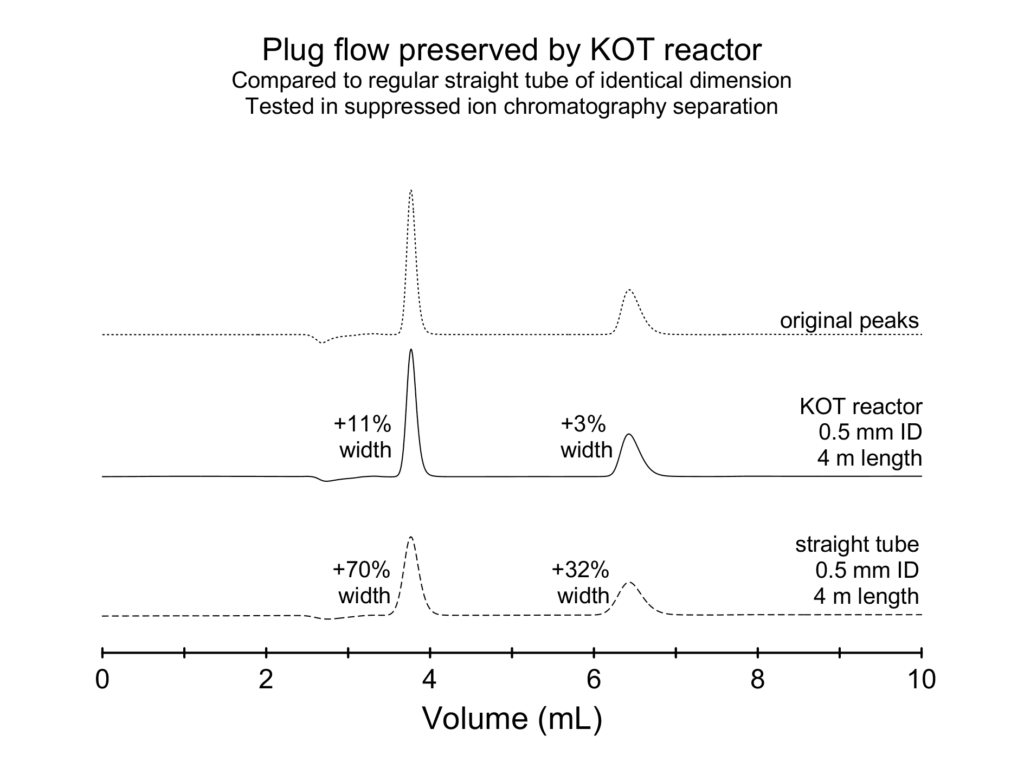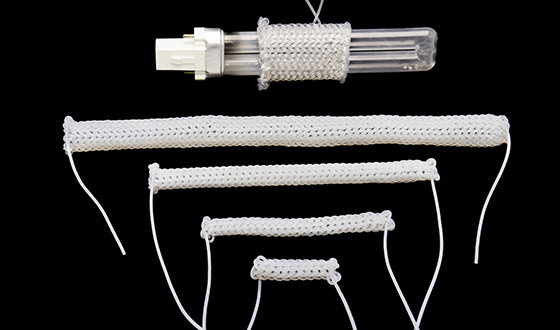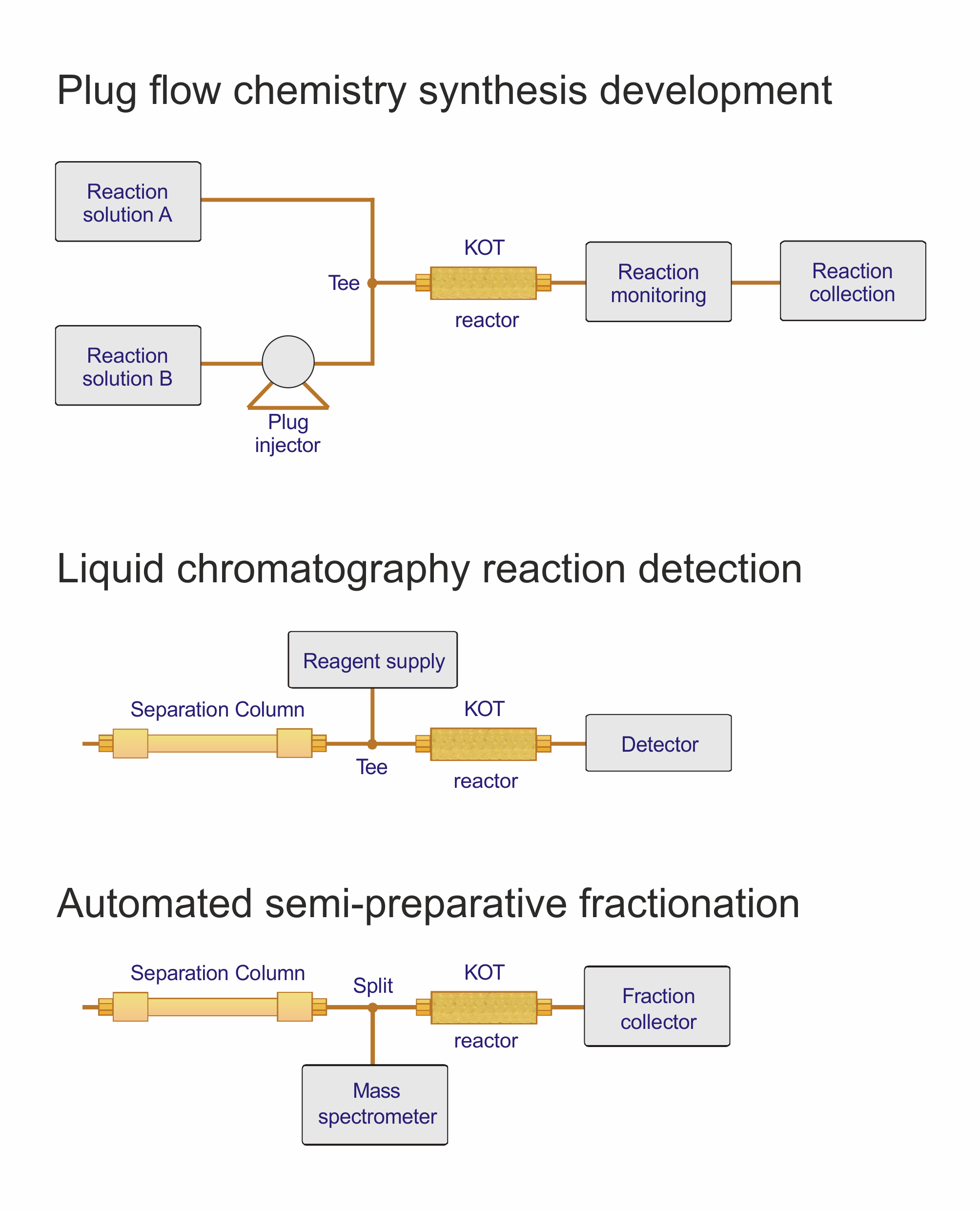How to get maximum lifetime from your degasser
Modern online degassers used in liquid chromatography, (U)HPLC, and other instruments handling liquids with high precision and accuracy, are fortunately essentially maintenance-free. However, there are a few things to keep in mind not to shorten the lifetime of your online degasser.
Firstly, one should always use a degassing chamber that is compatible with the solvents that will be used. Organic solvents such as hexane, heptane, toluene, tetrahydrofurane (THF), and dichloromethane (DCM), typically demand specially designed degassing chambers. These degassing chambers are often labelled GPC to highlight their suitability in gel permeation chromatography, but they are equally suitable for normal phase and flash chromatography applications where such organic solvents are also employed.
As with any fluidic component it is advised not to leave your degassing chamber with liquid inside when disconnected from use. This is especially important when there are salts or buffer components dissolved into the liquid since they may precipitate. Precipitates will block the flow path and are notoriously very problematic to wash out again. In addition, buffered aqueous solutions exposed to open air may constitute an attractive environment for microbial growth, which can also cause blockage of the flow path.
Finally, it is strongly recommended to always suck solutions through the degassing chambers, rather than pumping or pushing liquids through them. The internal semi-permeable membrane material that allows gases to penetrate while blocking liquids, is designed to withstand a certain pressure difference. That limit may accidentally be exceeded if liquids are pumped too fast into the degassing chamber, which may cause irreparable damage.
Biotech Fluidics is dedicated to supporting our customers and we look forward to guiding you to the most suitable degasser model for your application. Special design options might also be available on request, including for example, high pressure rated degassing chambers.

